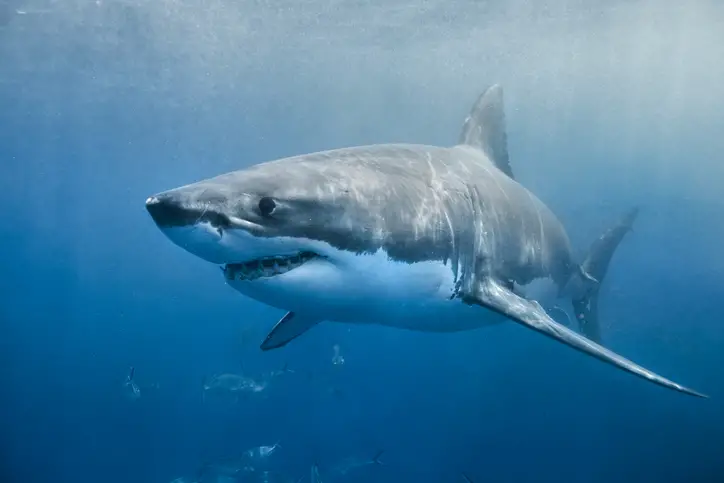When you think about the vast oceans surrounding the U.S. coastlines, it’s easy to imagine serene beaches and gentle waves. But beneath the surface lurk some of the ocean’s most formidable predators. These creatures play vital roles in their ecosystems and are fascinating to learn about, although you may think twice before taking a dip in their waters.
1. Great White Sharks: Nature’s Perfect Ambush Predators
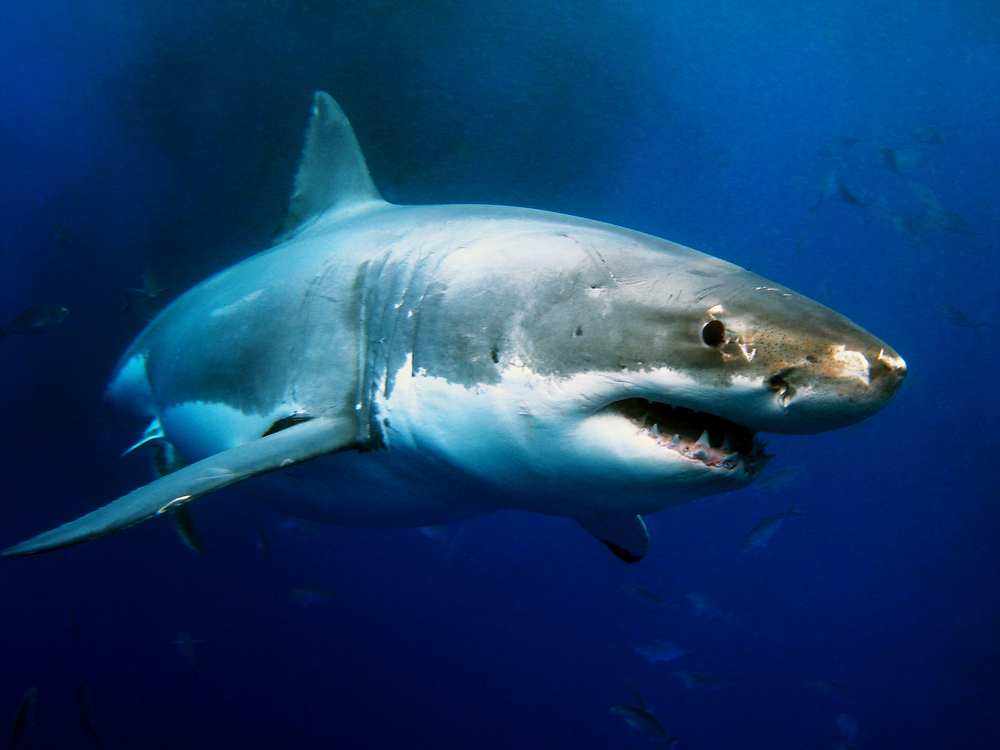
Imagine swimming along the coast, enjoying the warm waters, when suddenly, the shadow of a great white shark passes below. These apex predators are not just the stars of horror movies; they’re real and command respect. With their torpedo-shaped bodies, great whites can reach speeds of up to 25 miles per hour, making them skilled hunters. They often rely on surprise, ambushing their prey from below with a powerful upward strike. But it gets even creepier, according to the Smithsonian Ocean Portal, great white sharks can detect a single drop of blood in 25 gallons of water, showcasing their extraordinary hunting adaptations.
Despite their fearsome reputation, great whites are not mindless man-eaters. Attacks on humans are rare and often a case of mistaken identity or curiosity. They play a crucial role in their environment by maintaining the balance of marine populations. Overfishing and habitat loss threaten them, highlighting the importance of conservation efforts. So, the next time you’re near their turf, remember you’re sharing the water with one of nature’s most magnificent creatures.
2. Giant Squids: Deep-Sea Enigmas With A Legend
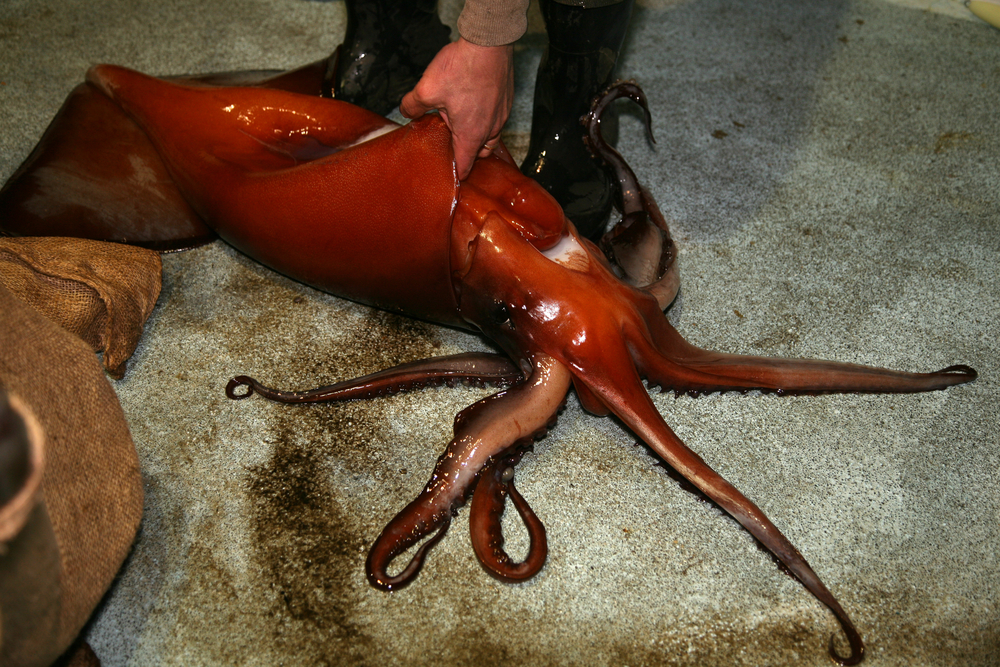
When it comes to oceanic mysteries, giant squids have captured human imagination for centuries. Often the subject of sailors’ tales and folklore, these elusive creatures live in the deep ocean, far from sunlight. Giant squids can grow up to 43 feet long, and their tentacles are equipped with sharp suckers, making them effective predators in the deep sea. As highlighted by NOAA, giant squids have the largest eyes in the animal kingdom, aiding their vision in the pitch-black depths of the ocean.
Although much about them remains unknown, recent technology has allowed scientists to learn more about their behaviors and habitats. These squids prey on deep-sea fish and other squids, using their long tentacles to snatch prey. Their primary predator is the sperm whale, which engages in epic battles with them deep beneath the waves. As we explore deeper parts of our oceans, each discovery about the giant squid opens new questions, adding to the wonder of these fascinating giants.
3. Orcas: The Wolves Of The Sea

Orcas, or killer whales, are one of the ocean’s most intelligent and social predators. Traveling in pods, these creatures exhibit complex social structures and hunting techniques. They’re known for their diverse diet, which can include fish, seals, and even other whales. Orcas are particularly famous for their coordinated hunting strategies, akin to a wolf pack’s collaboration on land.
Their striking black and white pattern isn’t just for show—it serves as a form of camouflage in the water. Despite their reputation as ferocious hunters, orcas have shown remarkable curiosity and intelligence, often interacting playfully with humans in the wild. However, they face threats from pollution, habitat disruption, and captivity, raising concerns about their conservation. Next time you see a pod of orcas, appreciate the intricate balance they maintain in the marine ecosystem.
4. Bull Sharks: Adaptable And Fearless
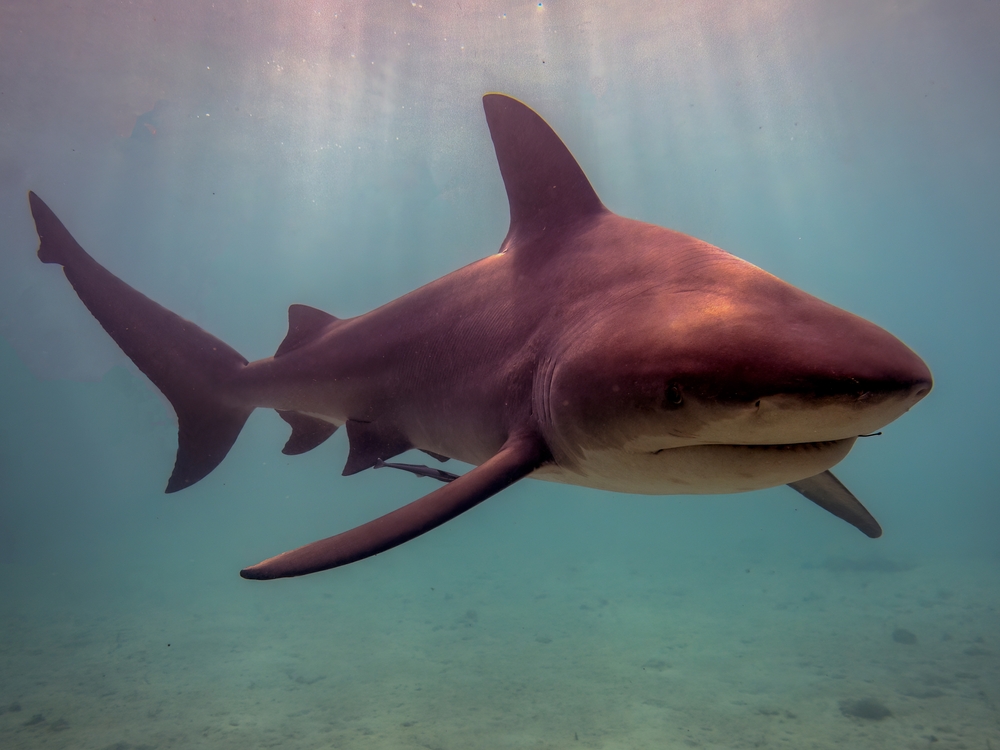
Bull sharks are known for their aggressive nature and ability to thrive in both saltwater and freshwater environments. This adaptability allows them to venture far upriver, sometimes thousands of miles from the ocean, catching unsuspecting prey by surprise. Their preferred hunting method involves bump-and-bite tactics, where they first ram their prey, disorienting it before going in for the kill.
What makes bull sharks particularly intriguing is their tolerance to different salinity levels, a feature not common among most shark species. They are often found in warm, shallow waters close to shore, making them more likely to encounter humans. While they are not primarily interested in humans as prey, their proximity can occasionally lead to dangerous situations. Protecting their habitats while ensuring human safety presents a unique challenge for marine biologists and conservationists.
5. Tiger Sharks: Ocean’s Garbage Disposals
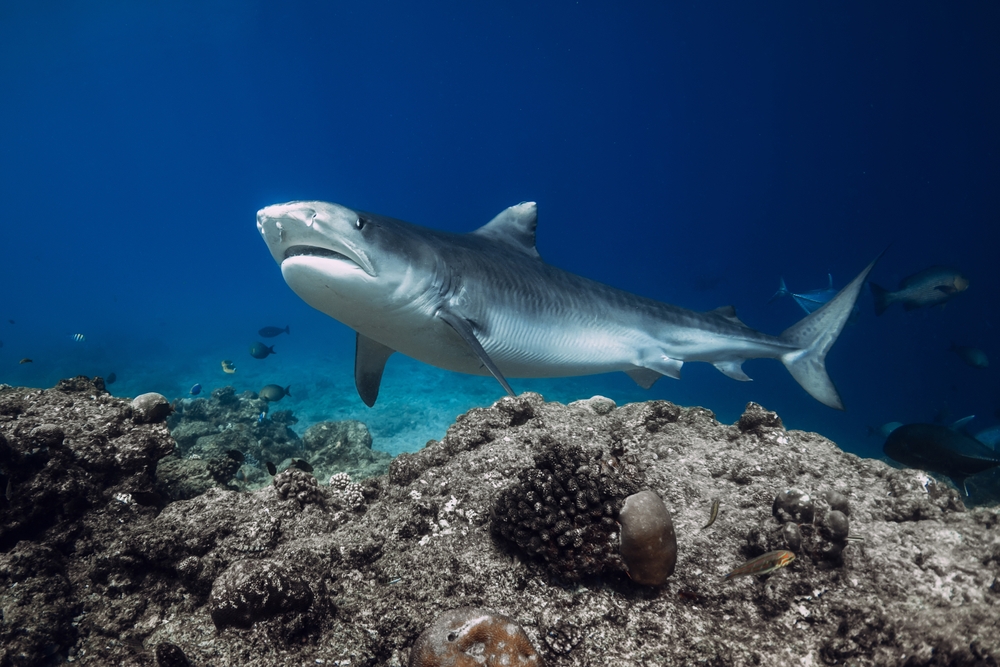
Tiger sharks earned their nickname, “the garbage disposals of the ocean,” due to their less-discriminating eating habits. These formidable predators are known to consume a wide variety of prey, from fish and crustaceans to birds and trash. Their powerful jaws and strong teeth allow them to crack through turtle shells, making them one of the few species capable of this feat.
With distinctive tiger-like stripes on their bodies, these sharks are not just scavengers but skilled hunters. They use their keen sense of smell and sharp eyesight to detect and catch prey in the dimly lit ocean depths. Despite their efficiency, tiger sharks face threats from human activities, including overfishing and pollution. Understanding their role in the marine ecosystem is crucial for their conservation and maintaining the health of ocean habitats.
6. Saltwater Crocodiles: Ancient Reptile Kings
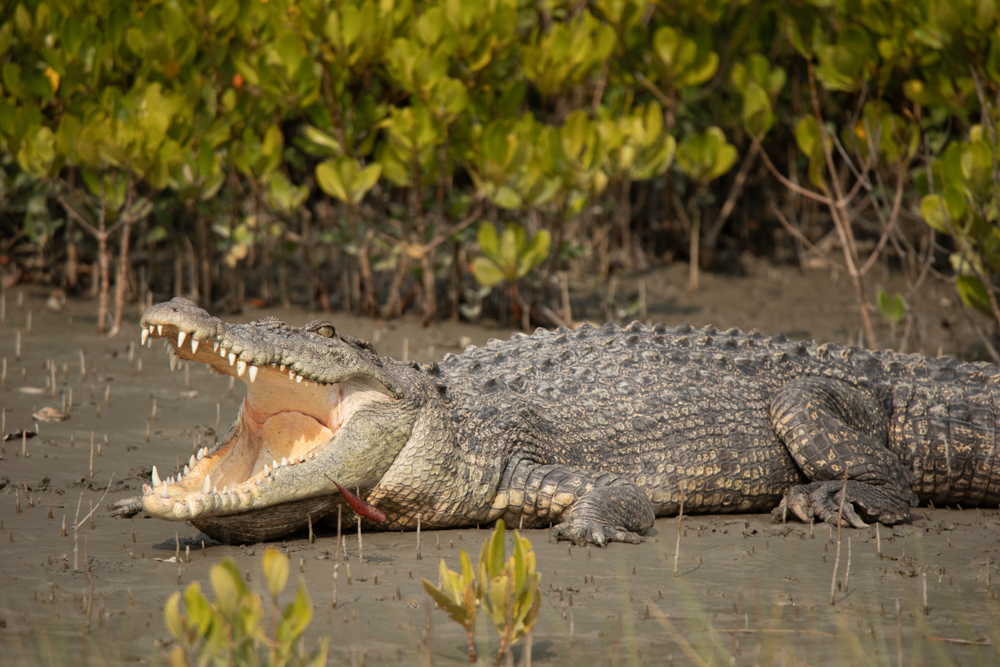
You might think of crocodiles as freshwater creatures, but saltwater crocs are the largest and most aggressive of their kind. These ancient reptiles can be found lurking in coastal waters and estuaries, where they become apex predators. Saltwater crocodiles, or “salties,” can grow over 20 feet long, and their powerful jaws can crush bones with ease.
Despite their fearsome nature, much can be learned by studying these resilient creatures. Saltwater crocs have a unique ability to regulate their body temperature and can travel long distances across the ocean. As top predators, they play an essential role in controlling the population of prey species in their habitats. Preserving their habitat is critical, as they are often threatened by human encroachment and illegal hunting.
7. Barracudas: Speed And Precision
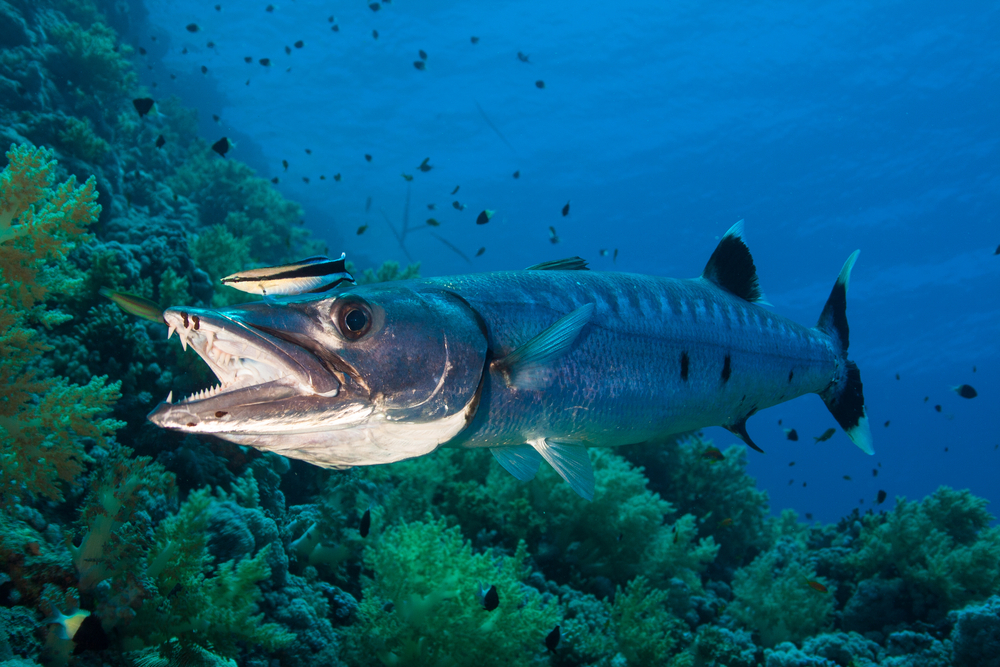
If you’ve ever seen a barracuda, you know how their sleek and silver bodies cut through the water like torpedoes. These fearsome fish are known for their lightning speed and razor-sharp teeth, which make them formidable hunters in the ocean. Barracudas often hunt in groups, herding schools of fish into tight clusters before launching a coordinated attack.
Their keen eyesight allows them to spot prey from a distance, giving them a significant advantage in the hunt. Although their aggressive reputation precedes them, barracudas rarely attack humans. Instead, it’s their curiosity that often leads them to investigate divers, sometimes getting a little too close for comfort. Understanding barracudas’ behavior and habitats helps ensure safe interactions between these predators and humans who venture into their waters.
8. Moray Eels: Ambush Masters Of The Reef
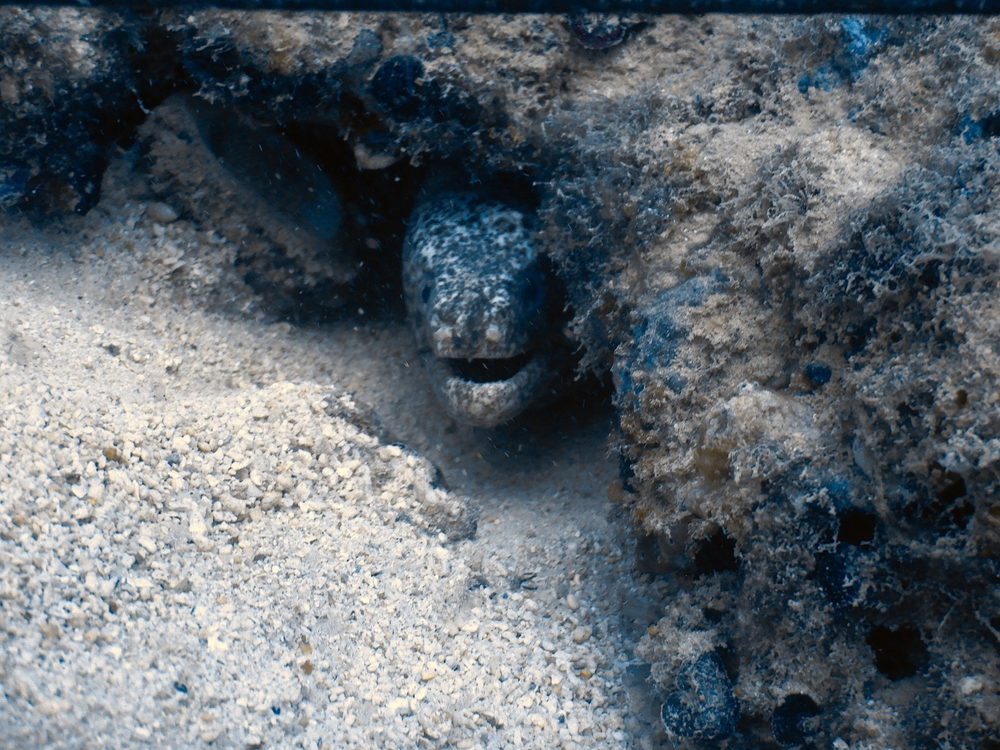
With their snake-like bodies and menacing jaws, moray eels are the stealthy ambush predators of the reef. These creatures spend much of their time hidden within crevices and caves, waiting for unsuspecting prey to swim by. When the moment is right, they strike with incredible speed, thanks to their sharp, backward-facing teeth that prevent prey from escaping.
Moray eels are a vital part of the marine food web, controlling the population of smaller fish and invertebrates. Despite their alarming appearance, they are generally shy and pose little threat to divers unless provoked. Their unique hunting style and adaptability to various marine environments make them fascinating subjects of study. Protecting their reef habitats ensures the continued balance and health of these intricate underwater ecosystems.
9. Lionfish: Beautiful But Deadly Invaders
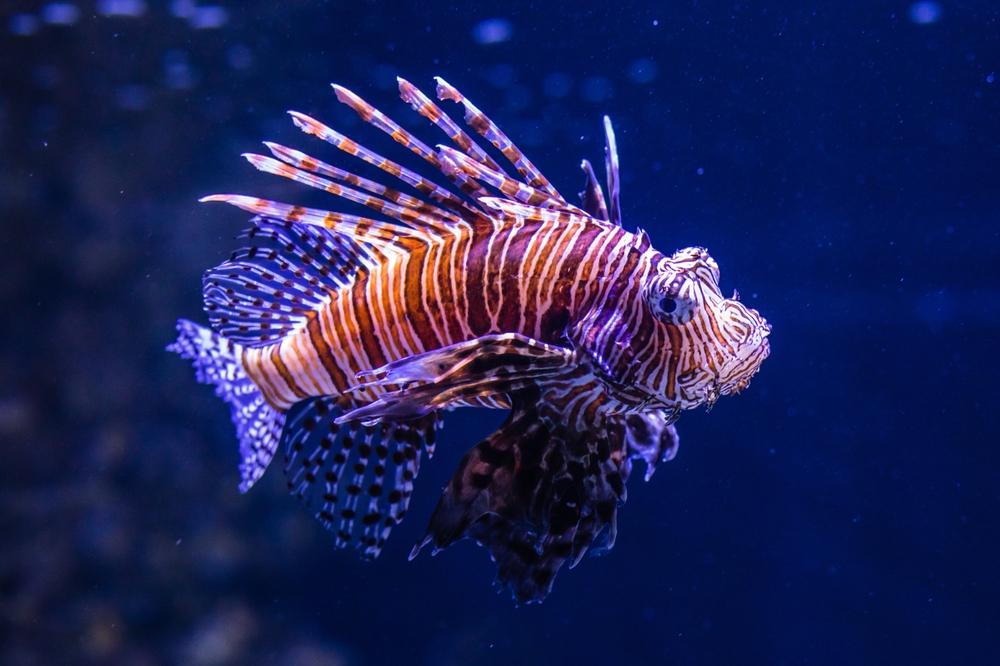
Lionfish are as captivating as they are dangerous, with their striking patterns and venomous spines. Native to the Indo-Pacific, these predators have become invasive in U.S. waters, disrupting local ecosystems. They are voracious eaters, consuming large quantities of smaller fish and invertebrates, which can lead to a decline in biodiversity.
Though beautiful to behold, lionfish poses a serious threat to coral reefs and the creatures that inhabit them. Efforts to manage their population include organized hunting and culinary initiatives, as lionfish is surprisingly delicious. Understanding their impact and promoting awareness are critical in mitigating the damage they cause to native marine life. Appreciating their beauty while recognizing their threat is a delicate balance in conservation efforts.
10. Bluefin Tunas: Ocean’s Strongest Swimmers
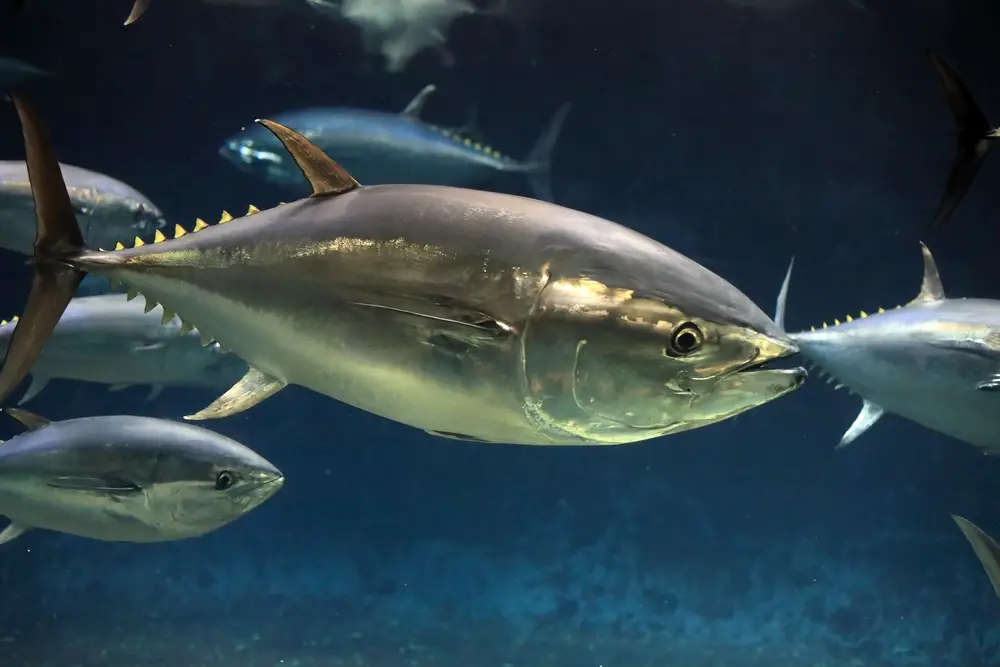
Bluefin tuna are remarkable for their speed, strength, and stamina, making them one of the ocean’s most efficient predators. These massive fish can weigh over 1,000 pounds and swim at speeds of up to 45 miles per hour, allowing them to chase down fast-moving prey. With their streamlined bodies and powerful tails, bluefin tuna can cover vast distances in search of food.
Despite their prowess, bluefin tuna are under threat due to overfishing and high demand for their meat. Their role in the ocean ecosystem is crucial, as they help maintain the balance of marine food chains. Conservation efforts focus on sustainable fishing practices and raising awareness about their importance. Protecting these incredible swimmers ensures the health and biodiversity of our oceans for generations to come.

